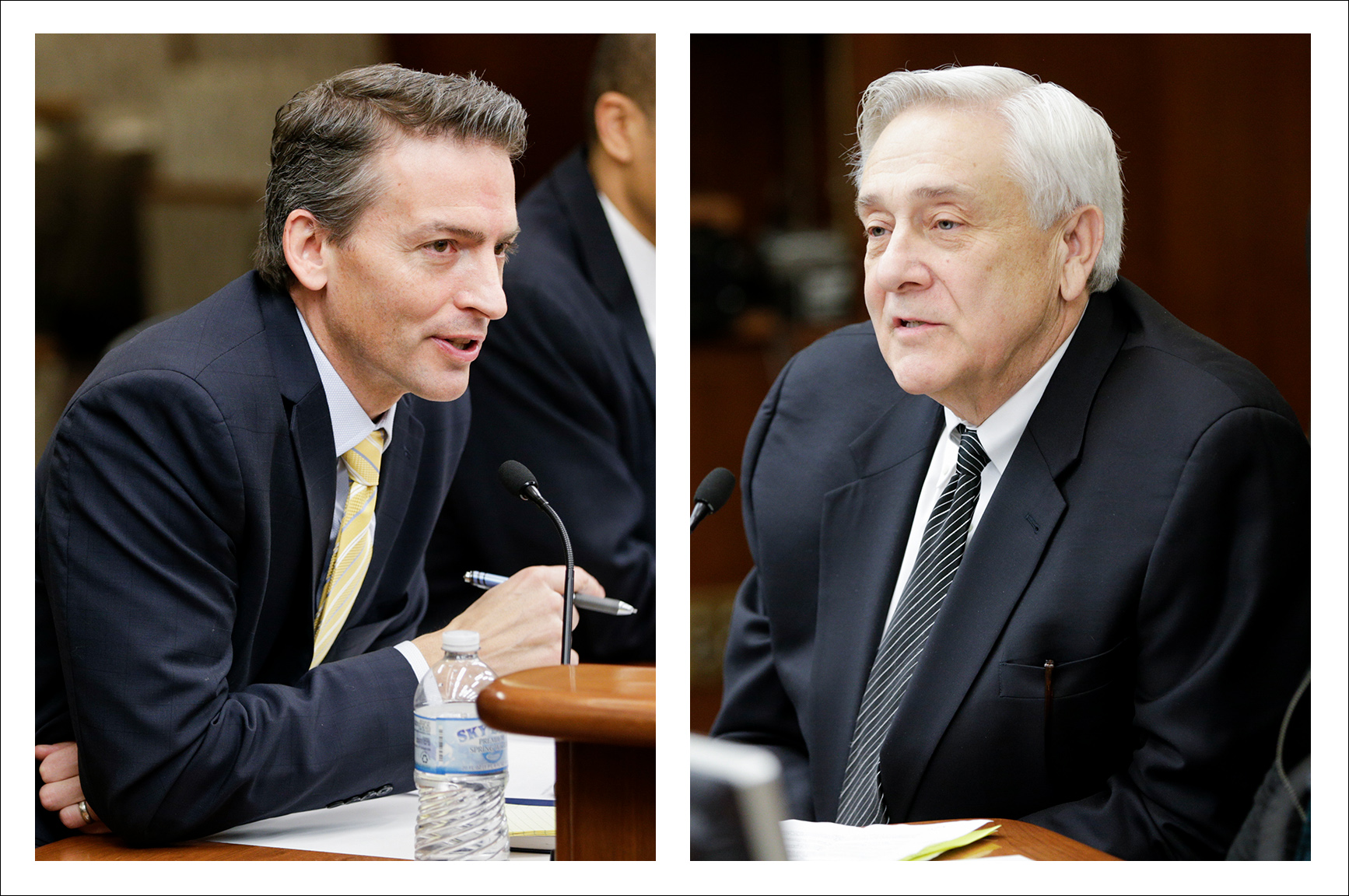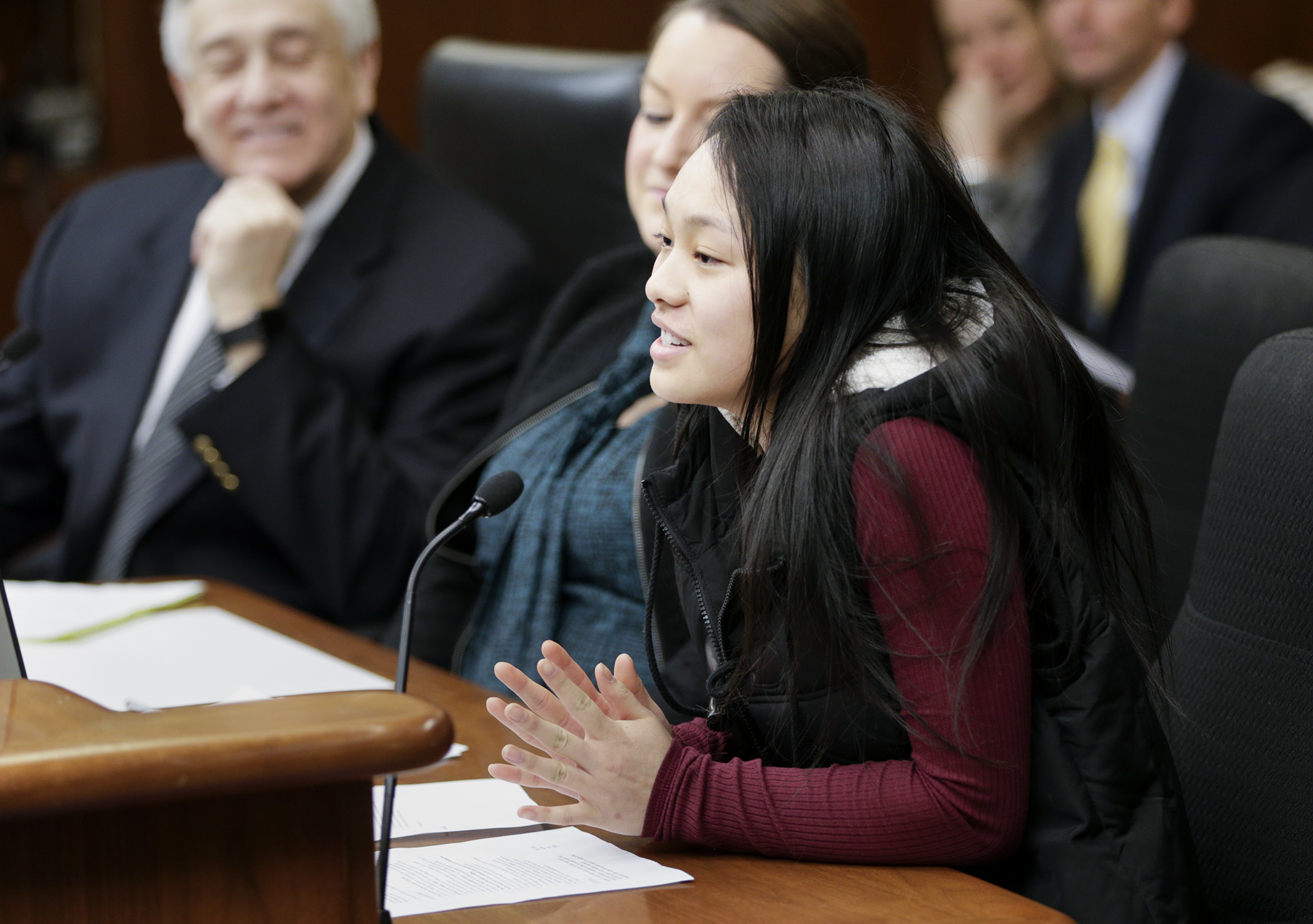Teachers, staff face challenges as incidents of student misconduct rise

For teachers, walking the line between educator and disciplinarian can be a tough task.
On Thursday, the House Education Innovation Policy Committee reviewed a report from the Student Discipline Working Group highlighting Minneapolis and St. Paul public schools student misconduct and disciplinary issues facing teachers today. Teacher support and student expectations were the main focus. No action was taken.
“The relationships students have with teachers is paramount to their learning,” said Ed Graff, superintendent of Minneapolis Public Schools.
“We want our children to be safe, but we also want our teachers and staff to be safe. We have had incidents over the past few years that have been more than disturbing,” said Rep. Sondra Erickson (R-Princeton), who chairs the committee. In recent years multiple videos have surfaced on social media depicting students fighting, sometimes striking teachers who attempt to intervene.
Discipline discussions
In 2015-2016 school year 51,667 student suspensions and expulsions were reported, an 11 percent increase over the previous year.
According to Graff, multiple factors lead to disruptive or disorderly behavior from students, including age and the influence of social media. Issues usually begin around the early teen, or middle school years.
 Ciashia Shiongyai, a senior at Johnson Senior High School in St. Paul, tells members of the House Education Innovation Policy Committee Feb. 9 about her experience on the school’s student leadership team. Photo by Paul Battaglia
Ciashia Shiongyai, a senior at Johnson Senior High School in St. Paul, tells members of the House Education Innovation Policy Committee Feb. 9 about her experience on the school’s student leadership team. Photo by Paul Battaglia“We can have high expectations for students, but we also have to recognize their needs and give them support as well. We have an obligation to serve the needs of the community; I believe it’s the most meaningful and impactful work we do,” Graff said. “No matter where you live in Minnesota, if students don’t feel safe they can’t learn.”
Inevitable challenges aside, many teachers still feel they have the necessary support to fulfill their responsibilities, according to Johnson High School English teacher Amy Ensign.
“When conflicts do come up, I feel really supported. I am still able to teach,” Ensign said. She took issue with media reinforcing stereotypes about students, especially of color, being aggressive. “It’s a dangerous narrative. It’s much easier to look at conflict, but we should be focusing on strengths within our schools.”
“We can talk all day about discipline, but it’s really about creating one-on-one relationships with students,” said John Thein, superintendent of St. Paul Public Schools.
The report offers recommendations for both the Legislature and Department of Education.
“I hope the Legislature will take meaningful, but measured action,” said Marika Pfefforkorn, co-chair of the group. “There might be an impulse to take a swift-action response; this is an impulse I would caution against.”
For the Legislature, it suggests:
- Increasing funding for mental health services provided by school-community partnerships;
- increasing funding for districts to provide additional support such as counselors, social workers, psychologists, nurses and behavior and mental health specialists;
- funding a pilot program to reduce racial disparity in student discipline;
- providing resources to acquire and train cultural liaisons;
- establishing and communicating a clear due process for student dismissal;
- erasing the reporting of physical altercations to future teachers after one year of no additional incidents; and
- improving statewide reporting and data collection after expulsion;
For the Department of Education, it suggests:
- training for all school staff for mental health and trauma;
- training to school resource officers on mental health and de-escalation strategies;
- identifying, supporting, promoting and expanding best practices, including social and emotional learning;
- providing appropriate funding to carry out all proposed recommendations
Related Articles
Search Session Daily
Advanced Search OptionsPriority Dailies
Ways and Means Committee OKs proposed $512 million supplemental budget on party-line vote
By Mike Cook Meeting more needs or fiscal irresponsibility is one way to sum up the differences among the two parties on a supplemental spending package a year after a $72 billion state budg...
Meeting more needs or fiscal irresponsibility is one way to sum up the differences among the two parties on a supplemental spending package a year after a $72 billion state budg...
Minnesota’s projected budget surplus balloons to $3.7 billion, but fiscal pressure still looms
By Rob Hubbard Just as Minnesota has experienced a warmer winter than usual, so has the state’s budget outlook warmed over the past few months.
On Thursday, Minnesota Management and Budget...
Just as Minnesota has experienced a warmer winter than usual, so has the state’s budget outlook warmed over the past few months.
On Thursday, Minnesota Management and Budget...